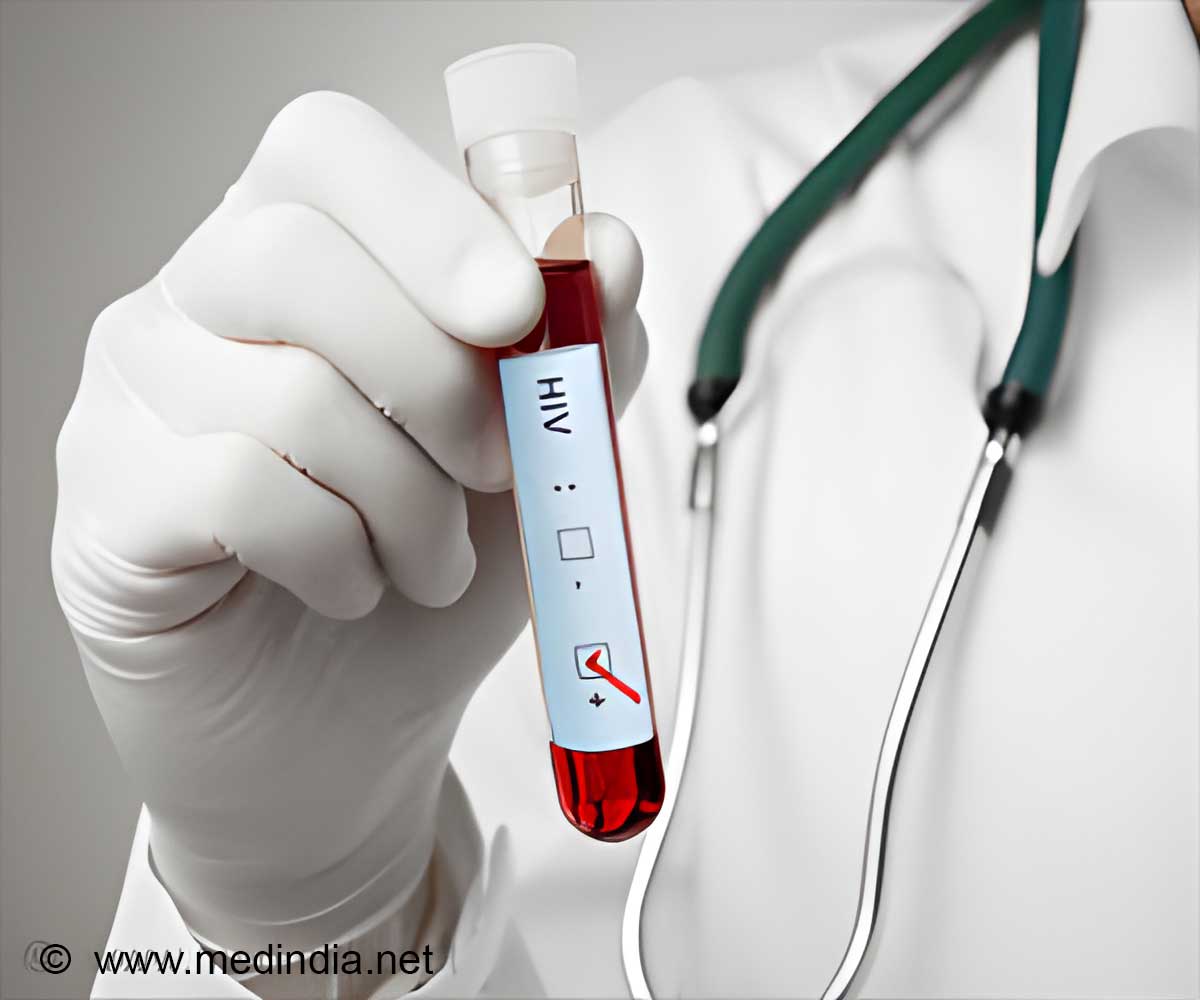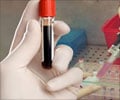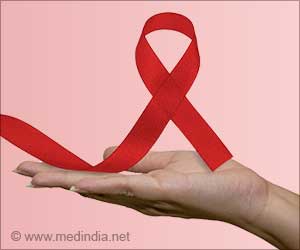A single HIV screening test can be done in young adulthood that can identify the infections which could be missed, as many youth could be at more risk than they know.

‘When a single screening for HIV is undertaken at the age of 25, it would be helpful in HIV diagnosis, improving overall health outcomes and also being cost effective at the same time.’





HIV screening refers to testing of individuals who do not have symptoms of the infection. Many youth may be at higher risk than they, their parents or their health care providers believe, so offering a one-time screening HIV test could identify infections that would otherwise be missed.
The study used CDC data on new HIV diagnoses in 2013 and the stage of disease at the time of diagnosis to compare the probable results of implementing a one-time HIV screening test at various ages between 13 and 30.
Using a well-published computer simulation model developed by members of the research team, the analysis revealed that adding a single HIV screening test at age 25 would most improve rates of HIV diagnosis and overall health outcomes among young adults while remaining cost effective.
However, the results do not apply to youth at high risk, such as gay and bisexual males, who should be tested more frequently. Other populations at high risk for HIV infection include people who inject drugs and their sex partners, people who exchange sex for money or drugs, and sex partners of HIV-infected people.
Advertisement
Andrea Ciaranello, MD, MPH, of the MGH Division of Infectious Disease, senior author of the study, says, "For at-risk groups, HIV screening should occur much more frequently than once in a lifetime, since a single screen will only capture a very small proportion of the population with HIV. However, for young people who become infected by age 25, the gains in life expectancy and improvements in health outcomes, including viral suppression, from that one-time screening test would be substantial."
Advertisement
The authors also found that the benefits of a one-time HIV screening test were markedly lower if youth found to be living with HIV did not remain in care and on antiretroviral medications.
"Interventions to support linkage to care and retention in care are critical," says Ciaranello. "Our study underscores the value of ongoing research supported by the National Institutes of Health to examine the most effective ways to improve health outcomes for youth with HIV."
Neilan adds, "About half of all young people ages 13 to 24 with HIV have no idea they are infected, but fewer than 15 percent of adults with HIV are unaware. HIV screening is an important component of addressing this disparity. Our results indicate that focusing screening on teens 18 or younger without risk factors would be a less efficient use of a one-time screen than screening at a later age."
The report was published in the Journal of Adolescent Health.
Source-Eurekalert














